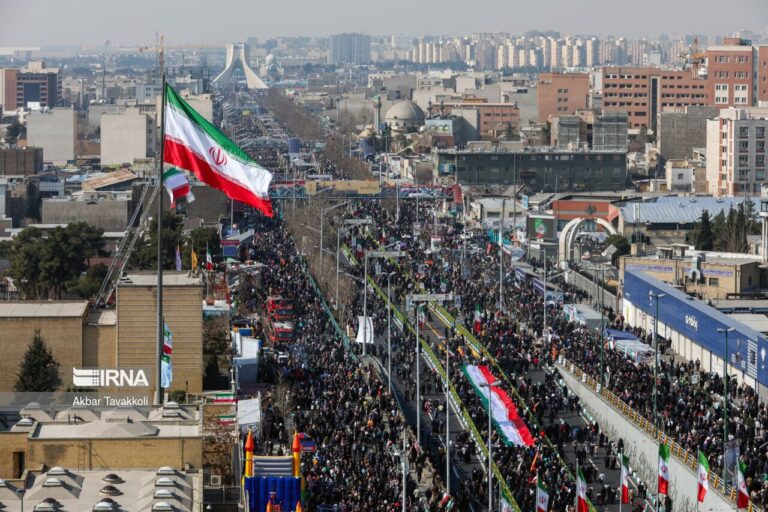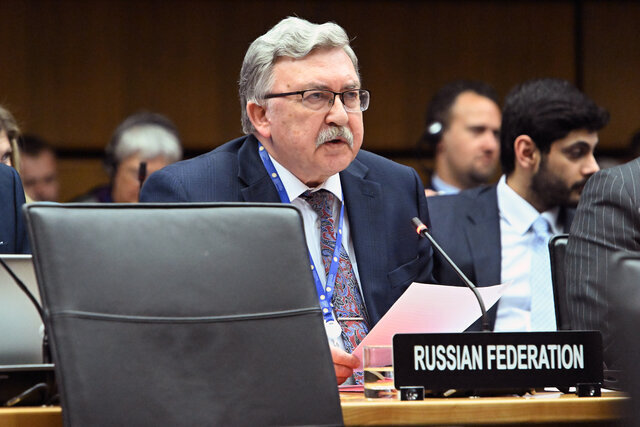Iran’s Water Crisis Deepens: Tensions Rise Between Isfahan and Yazd
In recent weeks, a month-long protest by farmers in Isfahan, Iran, has brought the country’s escalating water crisis into the spotlight once again. As farmers voice their frustrations over water rights, the situation underscores a broader issue of water scarcity impacting the nation.
The protests, which peaked last week, involved acts of sabotage against water transfer infrastructures and the interruption of drinking water supplies to the neighboring province of Yazd. These actions reveal the increasing potential for civil unrest and the national security risks associated with the ongoing water crisis.
Currently, over 95 percent of Iran is grappling with prolonged drought conditions. However, experts believe that the causes of this crisis extend beyond mere climatic factors. They point to a legacy of mismanagement, poor resource planning, and development strategies that have consistently overlooked environmental realities. Among the most contentious issues is the concentration of water-intensive industries, such as steel and ceramics, in regions already stressed by low water availability, including Isfahan and Yazd.
Environmental geologist and activist Nikahang Kowsar has been sounding the alarm about a potential water catastrophe since the early 2000s. He attributes the crisis to government policies that have been in place since the reformist administration of President Mohammad Khatami. Supporters of Khatami argue, however, that plans to transfer water from the Zayandeh Rud River in Isfahan to Yazd—a city that is also Khatami’s hometown—began long before his presidency and were merely completed during his time in office.
Experts also highlight the excessive extraction of groundwater for agricultural purposes, often justified in the name of food security. This practice has significantly contributed to falling water tables and land subsidence throughout the country. Iran’s Supreme Leader, Ali Khamenei, has long advocated for agricultural self-sufficiency. In a speech in March 2021, he emphasized the importance of domestic production of crucial crops like wheat, corn, and barley. Critics, however, argue that this policy has led to unsustainable water usage, particularly in arid regions.
The situation in Isfahan escalated last month when local farmers demanded the release of water from the Zayandeh Rud Dam to irrigate their parched fields. The government temporarily alleviated tensions on April 5 by releasing water into the river for ten days, which sparked celebrations along the dry riverbed. The Zayandeh Rud, once vital to Isfahan’s agriculture, has not maintained a consistent flow since 2006. Its decline has been attributed to multiple factors, including drought, upstream agricultural expansion in Chaharmahal and Bakhtiari Province, and the controversial diversion of water to Yazd.
As warmer months approach, with temperatures expected to exceed 40 degrees Celsius, both farmers and residents in Isfahan face severe water shortages for irrigation and daily use, including the operation of evaporative air conditioners. Farmers in the region argue that the water diverted to Yazd is primarily utilized for industrial purposes, such as supporting a major steel plant and greenhouse agriculture for cucumber exports. However, officials maintain that the pipeline primarily provides drinking water.
Isfahan Province is a significant industrial hub, home to the massive Mobarakeh Steel Company, and is also known for cultivating water-intensive crops like watermelons and rice. Recently, demonstrators, frustrated with the ongoing water crisis, destroyed three pumping stations and damaged the main pipeline supplying water to Yazd. Although water supply has been partially restored, government sources indicate that full restoration could take up to two months.
This crisis has prompted urgent governmental measures, including the closure of government offices and educational institutions over the weekend and the distribution of drinking water via tankers to Yazd’s population of over half a million residents.
The pipeline linking Isfahan and Yazd has been a longstanding point of contention. It was first sabotaged in 2012, and subsequent protests over water shortages in Isfahan, Khuzestan, and Bushehr in 2018 and 2021 were met with heavy government crackdowns. While protests in Isfahan have temporarily subsided, the underlying crisis remains unresolved. Isfahan continues to experience some of the worst water stress in the country, even as it serves as a hub for heavy industry.
Amid these escalating concerns, some officials have even proposed the dramatic relocation of Iran’s capital from Tehran to the water-abundant Makran region along the Gulf of Oman. This idea reflects the severity of Iran’s water crisis and its potential to destabilize the country’s future.
As the situation unfolds, the interplay between environmental policies, industrial practices, and community needs will be critical in addressing Iran’s ongoing water crisis.






